As if the pandemic and ensuing lockdowns weren’t hard enough to deal with, we’ve been thrown right into a cost of living crisis, with rising rent, energy and food prices.
I know how hard it is right now even just to stay afloat and, yet, I’m one of the lucky ones. During the pandemic, I managed to get a rent reduction and had a student loan I could rely on, but a lot of people have it much worse.
This really hit home recently, when I reported on the efforts of brave activists to prevent the eviction of an Aberdeen tenant who, owing to rent arrears from several years ago, faced the prospect of losing their home.
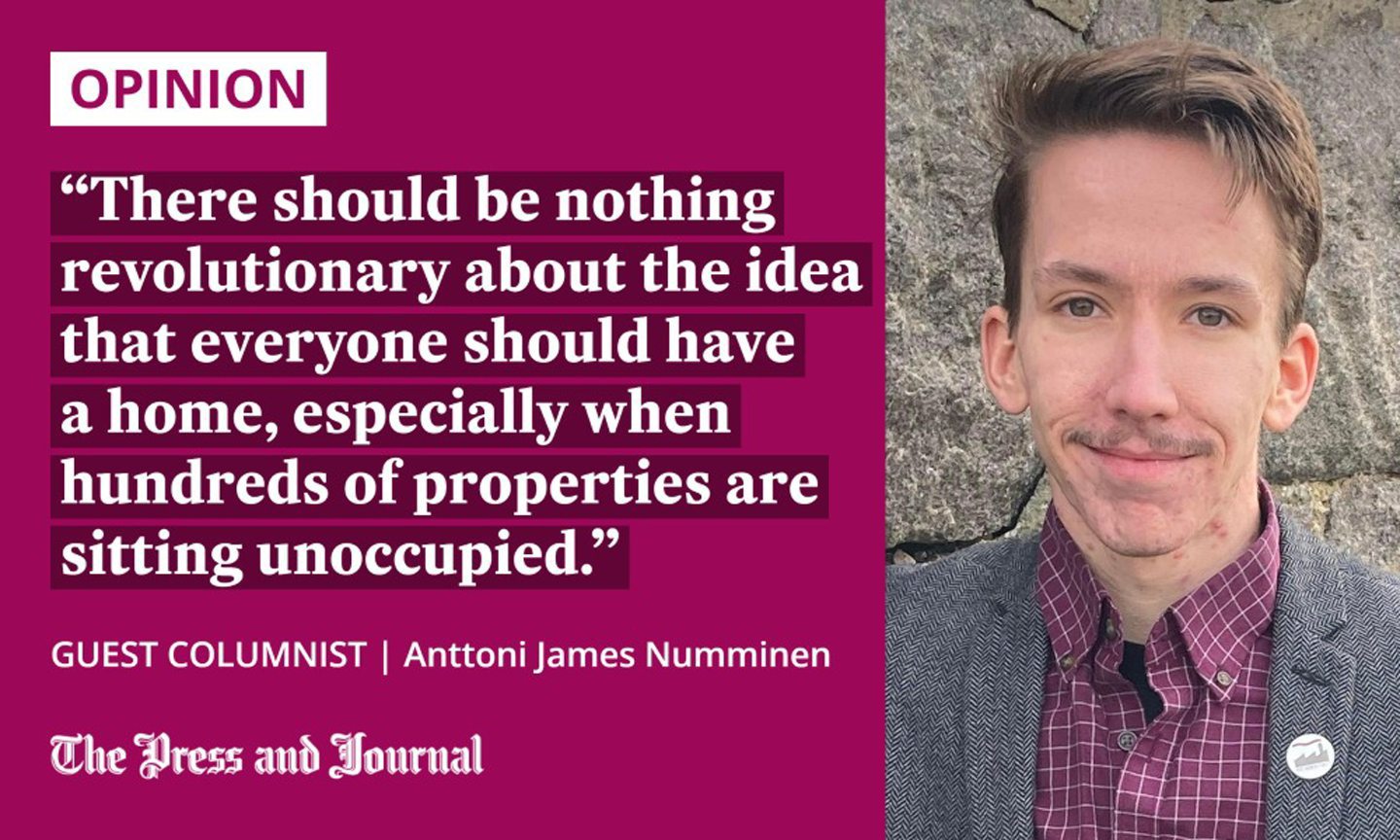
As if the eviction was not bad enough to begin with, the tenant was facing being removed from a council flat. Perhaps it was my naivety, but I was flabbergasted and shocked that a council, which is ultimately responsible for housing people, would wilfully attempt to make someone homeless.
Luckily, in this case, collective action prevailed and, with phone calls to councillors and officials, the eviction was prevented. But this speaks to a larger issue of compassion and common sense, which seem to have disappeared.
Permanence and security can end homelessness
In Finland, homelessness has been almost completely eradicated with a housing-first approach which should be the norm everywhere. It is frankly unreasonable and unrealistic, in most cases, to expect people who have no home to first sort out their lives and issues – whether that trauma, addiction or something else – before even being considered for temporary housing.
As the Finnish case demonstrates, the key is to create permanence and security and to allow people to work towards finding stability in their lives. Especially in Aberdeen – which has high rates of homelessness when compared to other Scottish cities according to housing charity, Shelter – action is needed rapidly.
Even more egregious is the fact that Aberdeen is reported to have the highest number of unoccupied homes of any city in Scotland, the value of which is in the hundreds of millions of pounds.
When walking around the Granite City or going food shopping, I regularly come across people who are facing dire situations of homelessness and insecure housing. This should not be the case in one of the richest cities in one of the most affluent countries in the world and, yet, it is.
42 of every 1,000 homes in Aberdeen are empty
There should be nothing revolutionary about the idea that everyone should have a home, especially when hundreds of properties are sitting unoccupied. The fact that homelessness remains an issue is a testament to a lack of compassionate and sensible policymaking, and it cannot be allowed to continue.
Empty homes benefit no one, save for those who use them to increase their wealth
Surprisingly, though, Aberdeen already holds in its hands the key to addressing this issue. Last year, the local authority introduced compulsory purchase orders which allow the council to bring into public ownership empty properties and put them to use.
With an estimated 42 of every 1,000 homes in Aberdeen standing vacant, using compulsory purchase orders to retake control of housing and other unused spaces seems like a pretty sensible move.
Empty homes benefit no one, save for those who use them to increase their wealth – an issue which itself has exacerbated the current crisis of sky-high rents and huge intergenerational wealth gaps.
Upon closer consideration, there are a plethora of positive outcomes for everyone involved with the use of purchase orders. In addition to the fact that people are lifted out of homelessness, which should be enough in itself, local authorities will also save considerable resources on other costs associated with homelessness.
Only radical change will make a difference
But why stop there? We should be using compulsory purchase orders to take control of and create spaces for people and groups that are often otherwise marginalised and ignored. These could include support services, from social care to drug rehabilitation and employment support, but much more can also be done.
It is frankly not good enough that councils, or anyone for that matter, can make their tenants homeless
Everything from spaces for artistic and queer groups to small local businesses and enterprises could be set up in currently empty spots in the city centre. After all, aren’t we constantly talking about how to rejuvenate Union Street and its surrounding areas?
Well, perhaps this is part of the solution: simultaneously providing people with homes and much-needed social spaces, while increasing footfall in areas where businesses have been struggling for years.
It is frankly not good enough that councils, or anyone for that matter, can make their tenants homeless. The fact that this even needs to be said speaks volumes. But, as we’ve seen, the collective action and persistent campaigning of organisations such as Living Rent should be applauded and supported.
Instead of promoting hollow slogans about making things happen, decision-makers should be focusing on actually creating that change with a vision that is inclusive and radical.
Hopefully the next city administration will have the vision needed to truly invest in Aberdeen’s people.
Anttoni James Numminen is a freelance journalist and editor-in-chief of Aberdeen University’s student newspaper, The Gaudie
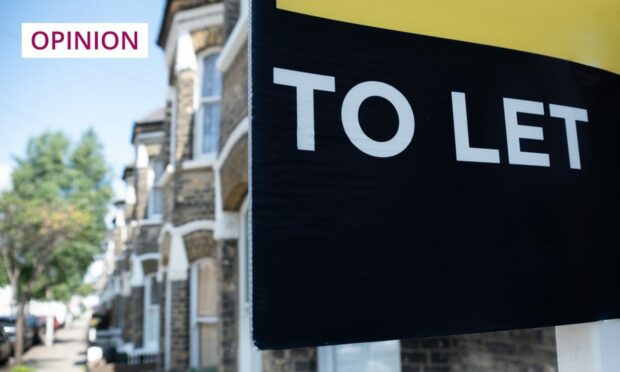
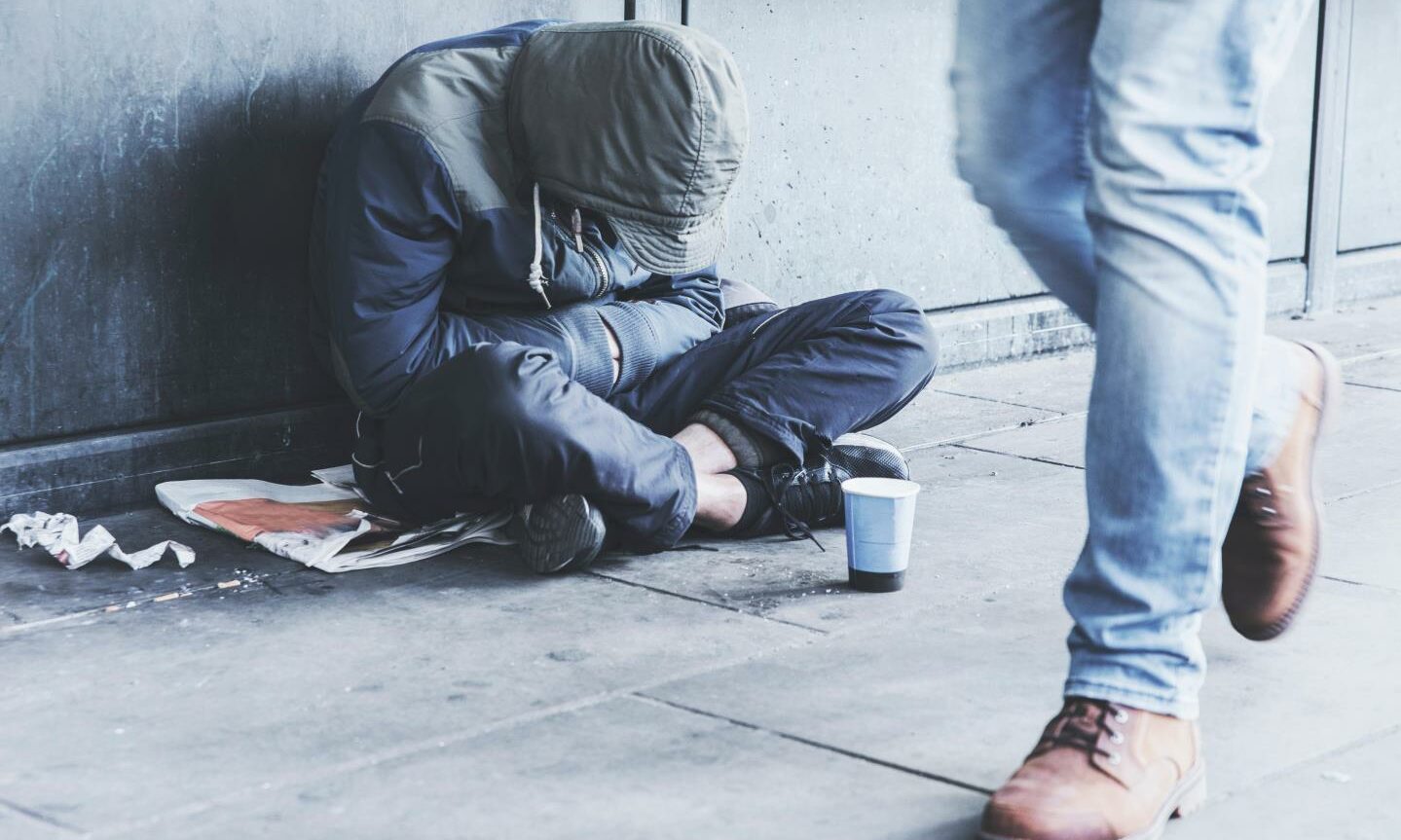
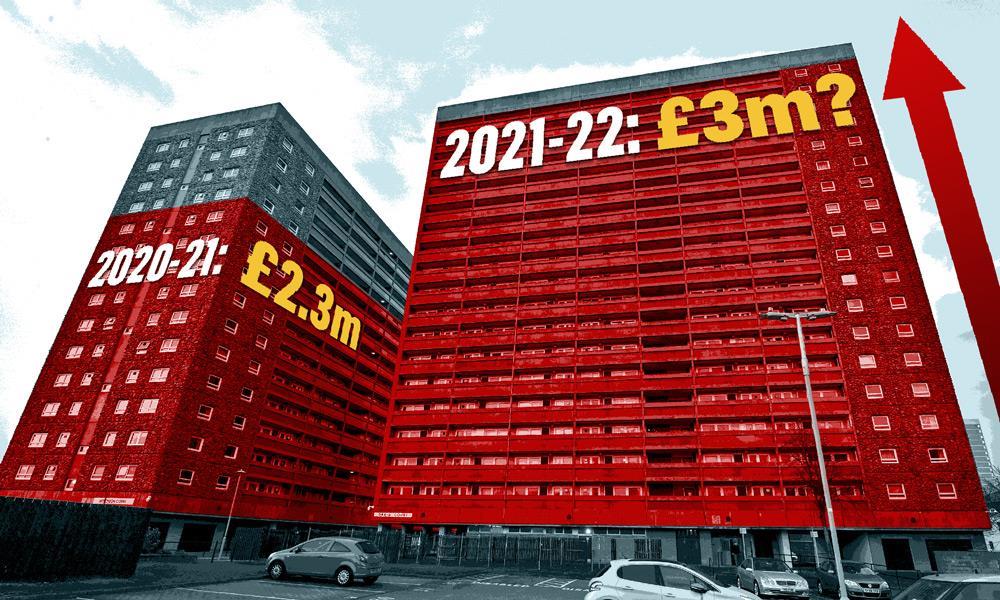
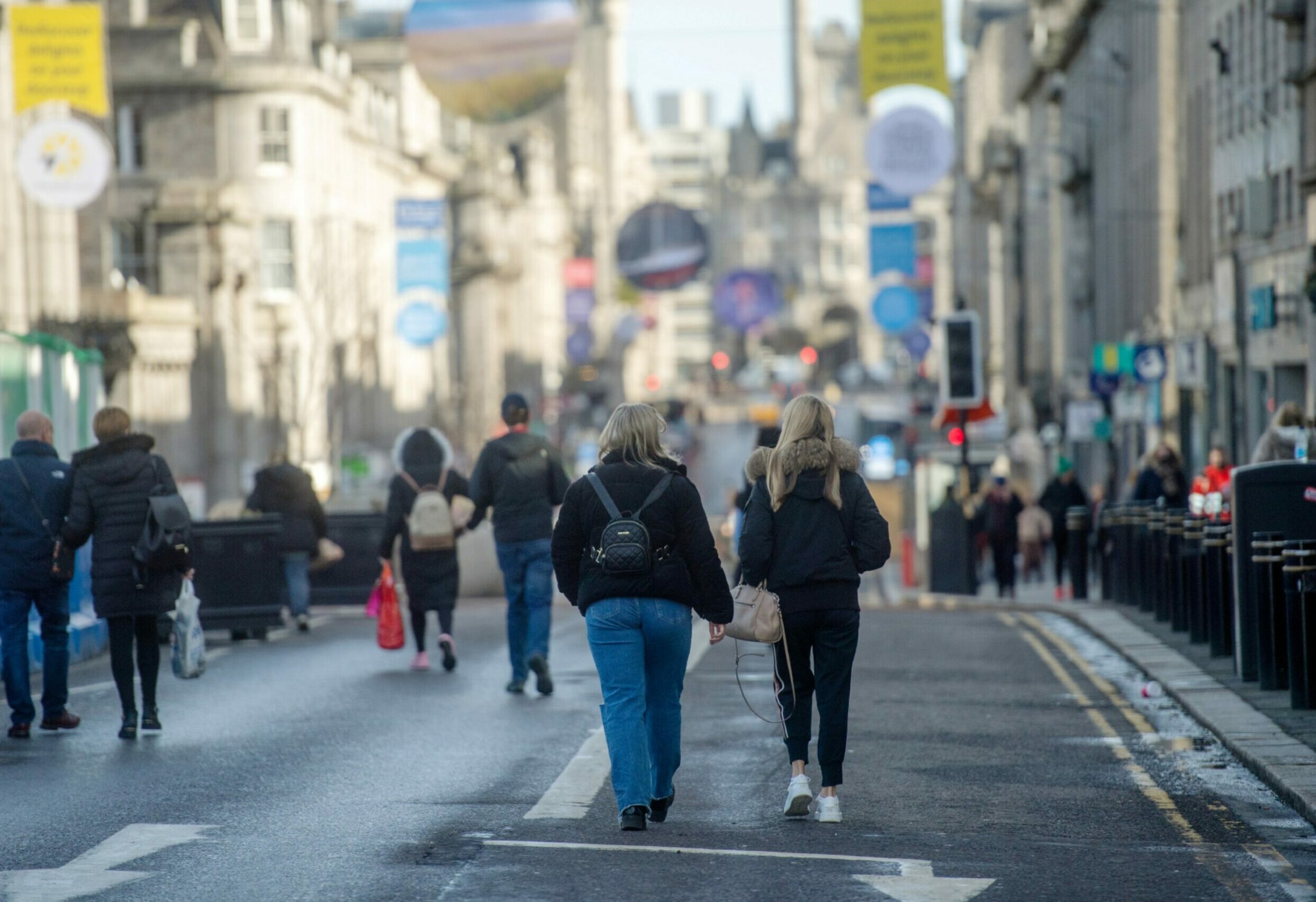
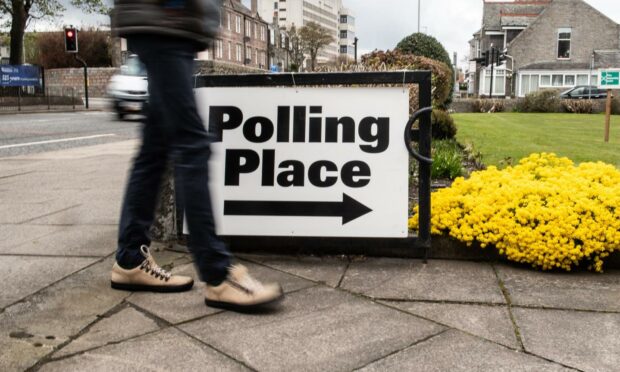

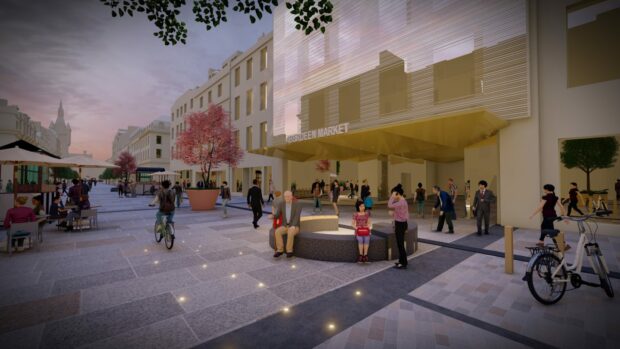

Conversation